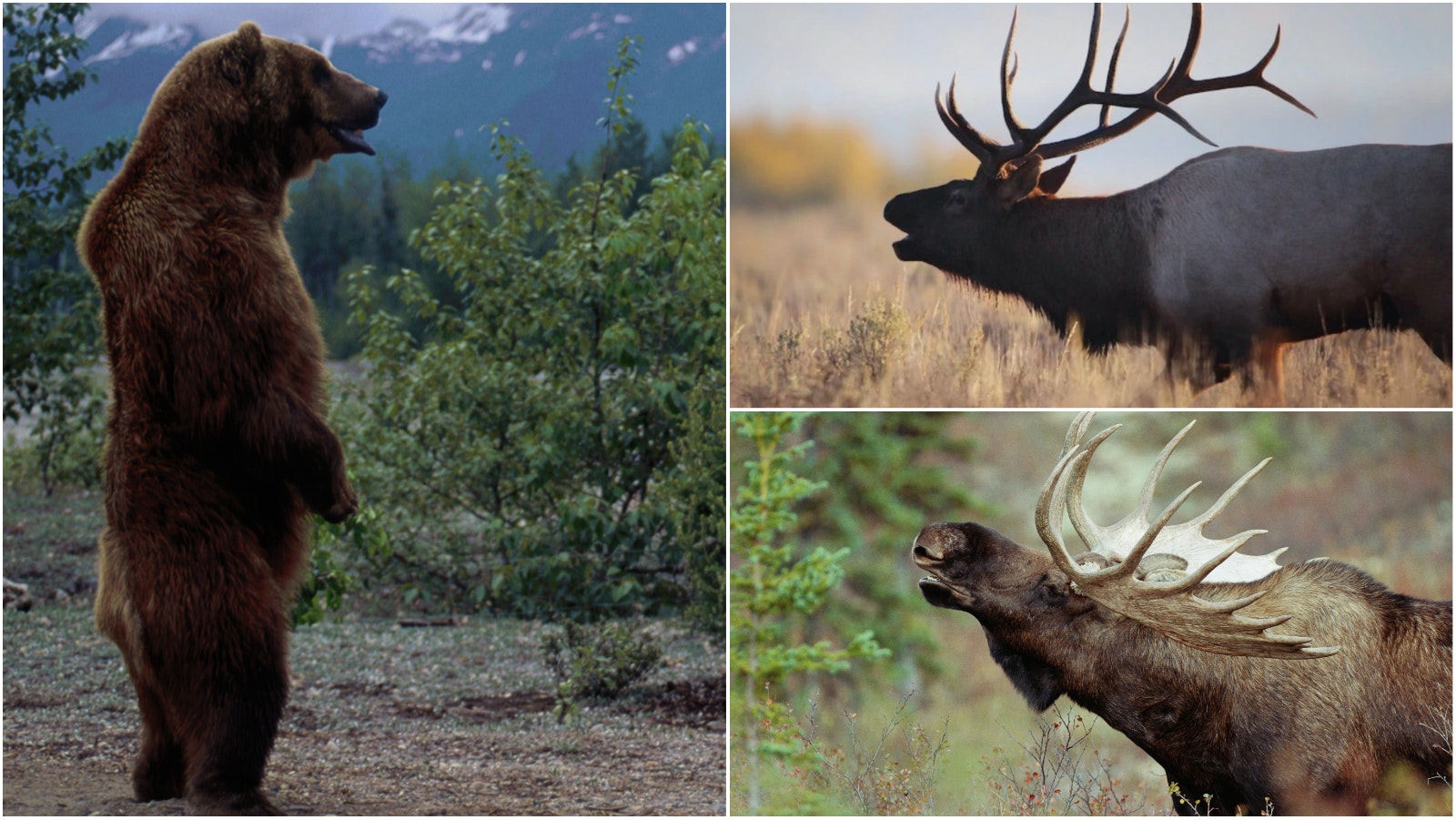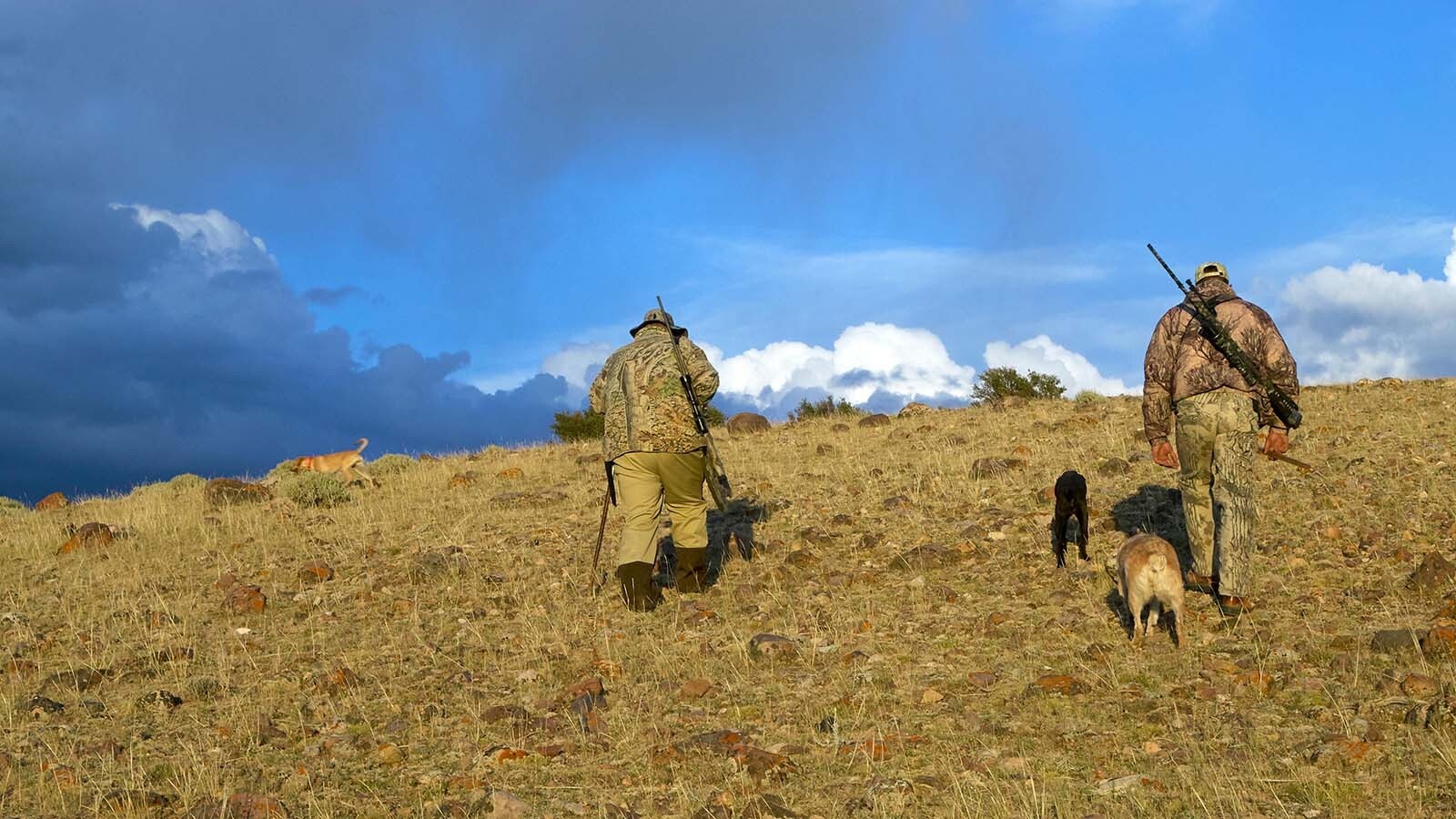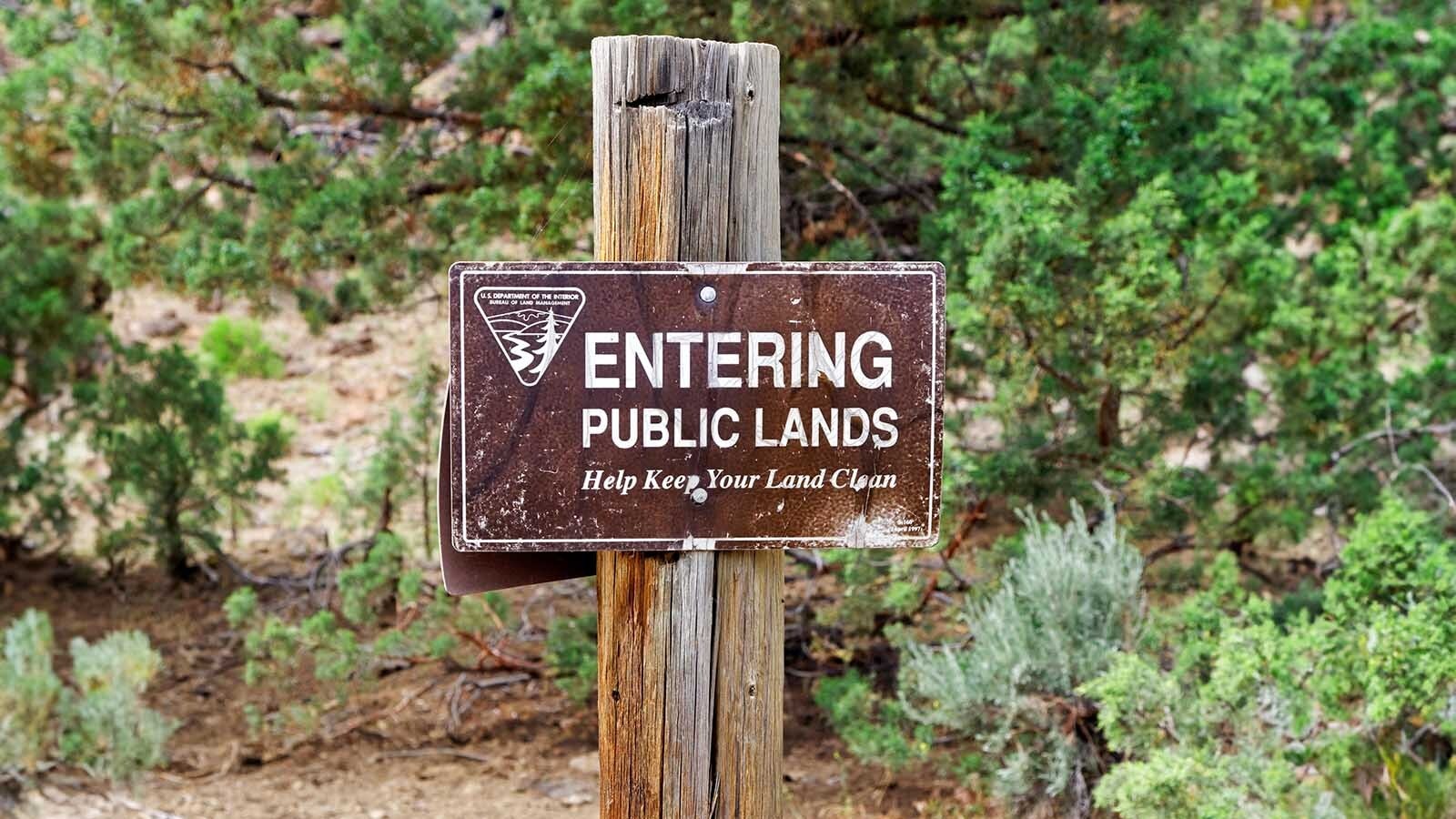**For All Things Wyoming, Sign-Up For Our Daily Newsletter***
After making recommendations on controversial topics such as hunting permit ratios for residents and non-residents and the lottery system for drawing game licenses, the Wyoming Wildlife Task Force is entering the final stretch of its existence.
The Task Force was created as a temporary body by Gov. Mark Gordon in 2021 to study Wyoming wildlife management issues on a much deeper level than Legislature and state Game and Fish Department have an opportunity for. The panel will expire with the completion of Gordon’s first term in office at the end of the year.
“I think they’ve done exactly what we’ve asked them to do — handle complex issues,” said Brian Nesvik, director of the Game and Fish Department and a Task Force member.
Since being created in 2021, the Task Force has received nearly 3,000 public comments, said Co-Chair Josh Coursey.
Coursey said one thing he has been reminded of during his time on the Task Force is that making change or taking an action doesn’t always have to be the end result of effectively studying a problem or issue.
When it comes to wildlife management in Wyoming, he said certain topics come with so much nuance and so many layers that keeping the status quo is sometimes the best route, even if certain problems persist into the future.
“Sometimes doing nothing isn’t a failure,” he said. “You don’t have to do something just to do something. Wyoming, while certainly not perfect, has got it pretty darn good.”
The Task Force has studied protocols implemented by many other state wildlife agencies throughout the country and West to help develop recommendations the board makes to the Legislature and the Game and Fish Commission, as the Task Force itself has no regulatory power.
The Task Force started with 26 topics of priority, studying measures at its 1- to 2-day meetings that usually run for around 10 hours each day.
“We have done the deep dive to flesh out these topics,” Coursey said.
One recommendation the Task Force made that passed into law last spring was to reserve 90% of the once-in-a-lifetime ram bighorn sheep, wild bull bison, bull moose, mountain goat and grizzly bear “big five” licenses for Wyoming hunters, with the remaining 10% set aside for non-residents.
Bighorn sheep and moose tags had not previously been a once-in-a-lifetime draw.
Grizzly bears are federally prohibited from being hunted and are still listed on the Endangered Species Act. Wyoming will take over management of the species if it is removed from the ESA.
The Task Force also unanimously recommended $75 million in funding for the Wyoming Wildlife and Natural Resource Trust be included in the budget that was passed in this year’s legislative session and approved by Gordon.
“That’s very valuable to have in the conservation world,” said Coursey, who is executive director of Muley Fanatics Foundation.
The Task Force recently recommended initiating a weighted bonus point system for drawing moose and bighorn sheep licenses.
The system would increase the odds for a person who has been applying unsuccessfully for a tag for a long time to receive one, with the greatest increase in odds beginning after the 30th year of applications. This measure is still being considered in the Legislature’s Travel, Recreation, Wildlife and Cultural Resources Committee.
The Task Force also unanimously recommended the Game and Fish Department treat whitetail deer and mule deer as a separate biological species, a move that could lead to separate tag draws down the road for each. Coursey said the need for this delineation has occurred because of great growth in the whitetail population, an issue Coursey said has been prevalent throughout the West.
“We have the tools in the tool box to manage this accordingly,” he said. “They (whitetail) are just as different to mule deer as elk is to mule deer.”
This change would require a statutory change by the Legislature. A statutory change would then require the Game and Fish Department, through a public process, to adopt a new management plan for the two species and a possible separate hunting draw for each.
Right now, deer tags allow for hunting of both species. Coursey said detractors of the change have said it will impact their odds of drawing a license, a viewpoint he considers “very self-serving.”
The Task Force has also recommended removing the 33-year-old limit of 7,250 on the number of non-resident elk licenses available to reflect strong growth in that species, particularly in the eastern part of the state where many private landowners have reported property and habitat damage because of the elk.
The elk population has grown to 132,000 in Wyoming.
“This would allow for Game and Fish to effectively target those large populations,” Coursey said.
That decision will go solely before the Game and Fish Commission. No more than 16% of all available elk licenses can be distributed to non-residents.
On Aug. 8, the Task Force will vote on whether to establish a special license draw reserved only for outfitters. Its members will also consider setting a ratio of resident to non-resident tags of 90% to 10% for elk, deer and antelope. The ratio is now now 84% to 16% for elk and 80% to 20% for deer and antelope.
The Task Force will also discuss landowner license allocations and a mandatory three-year break for those who draw tags on deer, elk and antelope in high demand areas. High demand areas will be determined as regions with less than 30% draw odds.
“The other option (to all of these considerations) is to maintain status quo,” Coursey said.
Coursey said the 18-member board, representing many different backgrounds in the wildlife community, has not been free of bias.
He noted the special draw for outfitters, not surprisingly, would be advantageous to outfitters. Conversely, the proposed change in resident to non-resident tag ratios are not popular with many in the tourism industry, which provides lodging and meals for many of the non-resident hunters who would see their chances of drawing a tag decrease.
“If a party disagrees with something, it’s clear which side of the fence they’re on,” he said.
Coursey said there is a defining line on many issues that depends on whether a representative is from the eastern or western part of the state.
But Nesvik said he’s been pleased with the quantity of compromises reached by the group that includes state legislators, outfitters and sportsmen.
“There has been some compromise I’ve seen from members who move and support different ideas that aren’t hardline or extreme,” he said, citing the 90% to 10% “Big Five” ratio recommendation passed last summer. “I thought the outfitter members were really looking out for the greater population outlook of Wyoming.”
Nesvik said there are no considerations being made to continue the Task Force after Gordon’s term expires, adding the board has brought up issues G&F can spend years studying.
There is still plenty of time left for the public to provide input on Task Force topics. To do so visit docs.google.com/spreadsheets/d/1kjGJBrxwiB43V0hvDGUEsZUys8iin20v/edit#gid=1970363000.
**For All Things Wyoming, Sign-Up For Our Daily Newsletter***





